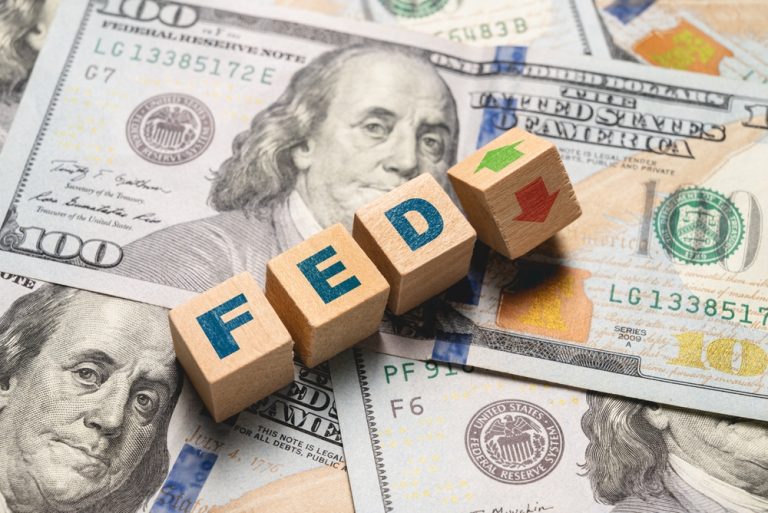President-elect Donald Trump has long touted the stock market as a barometer of his success. Since his reelection, promises of tax cuts, deregulation, and business-friendly policies had fueled a post-election rally. But this week, the Federal Reserve reminded investors that it holds the ultimate power over markets.
On Wednesday, the Fed announced it would cut interest rates by a quarter-point, delivering on expectations. However, its updated forecast of just two rate cuts for 2025—down from four in its September projection—shocked traders. Combined with projections of higher inflation next year, the news sent stocks plunging.
The S&P 500 fell 3%, and the Dow Jones Industrial Average dropped over 1,100 points, marking its 10th straight session of losses, the longest streak since 1974.
A Rally Deflated
The Fed’s updated outlook, which overshadowed the rate cut, has cast doubt on the sustainability of the stock market rally.
“The Fed’s projections on rates and inflation were like a ‘punch in the face to the market,’” said Art Hogan, chief market strategist at B. Riley Investments. “That got everyone spooked.”
The Dow, which had gained nearly 2,800 points since Election Day, now sits with just a 100-point increase since Trump’s reelection.
While investors had bet on Trump’s policy promises to sustain momentum, reality is setting in. Callie Cox, chief market strategist at Ritholtz Wealth Management, noted, “It was always hard to completely trust the rally that we saw in markets post-Election Day. A lot of it seemed like investors threw a lot of context away, and they just took what they wanted from policy speculation.”
The Fed’s Message: It’s Complicated
Despite the rate cut, the Fed’s cautious tone signals that it sees significant economic headwinds. Inflation remains stubbornly high, and central bankers now predict the “last mile” of lowering it to their 2% target will take longer than expected.
Treasury yields, which had been rising even before Trump’s reelection, surged further after the Fed’s announcement. The 10-year yield has climbed steadily, reflecting concerns about Trump’s policy proposals, including tariffs and increased deficit spending, which could stoke inflation and flood the market with government debt.
Rob Haworth, senior investment strategist at US Bank Wealth Management, summed it up: “The Fed wields power to move markets unlike any other institution in America.”
The Shift from Optimism to Caution
The initial excitement around Trump’s economic policies is giving way to more measured expectations. Investors are grappling with how widespread tariffs, mass deportations, and further tax cuts might impact inflation and economic stability.
Sam Stovall, chief investment strategist at CFRA Research, explained the recent selloff, saying, “Instead of delaying selling until early in 2025, investors decided it might be best to start taking some profits now.”
With the Dow and S&P 500 losing ground, investor sentiment has shifted from euphoric optimism to cautious realism.
Looking Ahead
Stocks may recover in the short term—Thursday showed signs of a modest rebound—but the Fed’s influence looms large. Markets are likely to pay closer attention to Fed Chair Jerome Powell than Trump moving forward.
Powell’s message was clear: The Fed, not the president, sets the course for economic policy. For Trump, whose policymaking relies heavily on market performance as validation, this dynamic could prove challenging as his administration takes shape.


